Last Friday (December 5, 2025), I filmed an extended discussion with my Kyoto University colleague,…
Kyoto Report 2024 – 4
This Tuesday report will provide some insights into life for a westerner (me) who is working for an extended period at Kyoto University in Japan.
Stick man
Every night around 21:10 I hear the sounds of sticks or wooden blocks being hit together like a percussionist might do.
A fairly old man walks the streets of my neighbourhood in the – 田中関田町 – (Tanaka Sekidencho) area of North Kyoto clicking these blocks, which are called – hyoshigi.
I wondered what it might be about, and, initially thought it might be some Shinto ritual.
However, it is much more prosaic purpose but not less important is involved.
The man in question is a – Shōbōdan – or a member of the volunteer fire brigade and he routinely patrols the neighbourhood at night (the patrols are called yomawari) to remind the residents to check all appliances (cookers, heaters, etc) to guard against fire risk.
This article in The Japan Times (December 20, 2011) – Yomawari – provides a detailed explanation of this unique Japanese phenomenon.
We read:
Most fire-corps patrols carry the sticks you saw, which are called hyōshigi. The drill generally goes like this: Clap the sticks twice (the sound of which is expressed as “kachin, kachin”) and follow it with a call of “Hi no yōjin!” (“Watch out for fire!”) Some groups throw in other fire-prevention slogans, such as “Māchi ippon, hi no moto!” (“A single match can start a fire!”).
Unfortunately, the little guy (he is tiny) in our neighbourhood does not sing or call as he hits the sticks together.
This practice goes back to 1648 and began as part of an order given by the Tokugawa Shogunate to reduce fire risk.
It is no surprise that the Japanese are so wary of fire given the tight-knit communities living in traditional wooden houses are so vulnerable.
There is a whole story about this which I found interesting once I started researching it.
Housing
I usually go out at lunchtime and ride around the suburbs a bit, which breaks the working day up a bit but also uncovers some real gems.
Here are two wonderful old houses I caught sight of last week while riding around.
The first has the traditional burnt wood wall boards, which last a long time.
I have noticed, however, that in some renovations or newer houses, the builders are using what look like imitation boards.
I went up close to a wall the other day to inspect and the materials may not even be wood (by feel) and they are designed to look aged.
This house though was the real thing.
An object of simplicity and beauty sitting by the Kamo River, just south of where I live.
The next house is also by the Kamo River but further north and on the east bank.
It is falling apart but has the classic internal courtyard entrance which I love.
It also happened to have a magnificent garden although I couldn’t really see it because of the high walls.
I was talking with someone about this classic design the other day and how the Japanese housing elicits privacy with life behind high walls quite protected.
This is in sharp contrast to the ‘fish-bowl’ lives that many Australians seem to think is desirable and leads to their homes being very visible from the street.
I prefer the Japanese approach.
Home is haven.
When I stopped to take this photo (on Saturday), an electoral van for the far-right, populist party went by blaring its message through the loudspeakers.
They actually doubled their seats (1 to 2) in the Sunday national election.
Aburi-Mochi at Imamiya Jinja
Out in the north-western suburbs is the magnificent Imamiya Shrine which is one of the oldest Shinto shrines in Japan.
The whole area around there is a myriad of gardens, shrines, and lovely paths that make it a pleasure to journey out to.
And the gem is the two traditional Aburi-Mochi (rice cake) shops that abut the shrine entrance.
One of the shops is the oldest sweet shop – ‘Ichiwa’ – in Japan going back round 1,000 years and the next photo is taken from the outside.
Across the path is the second (I think they are both owned by the same person now) shop known as ‘Kazariya’ (600 years old) where I stopped for some ‘Aburi-Mochi’.
The rice cakes are coated with a roasted soybean powder and grilled over charcoal fire. The thumb-sized pieces are then basted with a sweet white soybean sauce.
Here is our lunch served with a fairly sweet hot green tea.
Delicious.
This article = Ichiwa Rice Cakes – provides more detail.
Shimogamo Ghost
On Sunday, the bike took me out to the fair at the Shimogamo Shrine grounds, which are near to my home, just north of the confluence of the Tanaka and Kamo Rivers.
The fair was quite spectacular which some great theatrical and music acts.
Then I saw some ghosts and it turned out that they had small badges protesting the massacre of Palestinians in Gaza and elsewhere by the totally out of control and ruthless IDF.
Surfer Parking Only!
I had an occasion to head north to a lovely little Zen Vegan cafe – Towzen – which is located in the 下鴨東高木町 (Shimogamo Higashitakagicho) area of north Kyoto between the Tanaka and Kamo rivers.
It is a lovely little shop and the food is excellent and relatively cheap.
If you go there make sure you try the plum wine with your Ramen.
Anyway, it is about 3 kms from my work and home and along the way I saw this little shop that prioritises parking for surfers.
That seemed to be a good idea, although some explanation might be required given that we are 100 odd kms from any surfable beach!
The magnificence of the eastern view
If you live or visit the area where live and head east to the 吉田本町 (Yoshidahonmachi) area, which is where the main campus of Kyoto University is situated and my favourite bread shop is located, there is an area further east that takes you into the Yoshida Shrine and the large mountain area that surrounds it.
I regularly take walks up the steep tracks through the forest there and when I reach the top and look out further to the east this is what I see.
This photo is the view out to Mt Daimonji in the Higashiyama Mountain range that is very close to this part of the city and where I often run in the mornings.
The area where I took this photo from is a really beautiful and quiet place to collect one’s thoughts.
Conclusion
Another week gone by.
That is enough for today!
(c) Copyright 2024 William Mitchell. All Rights Reserved.
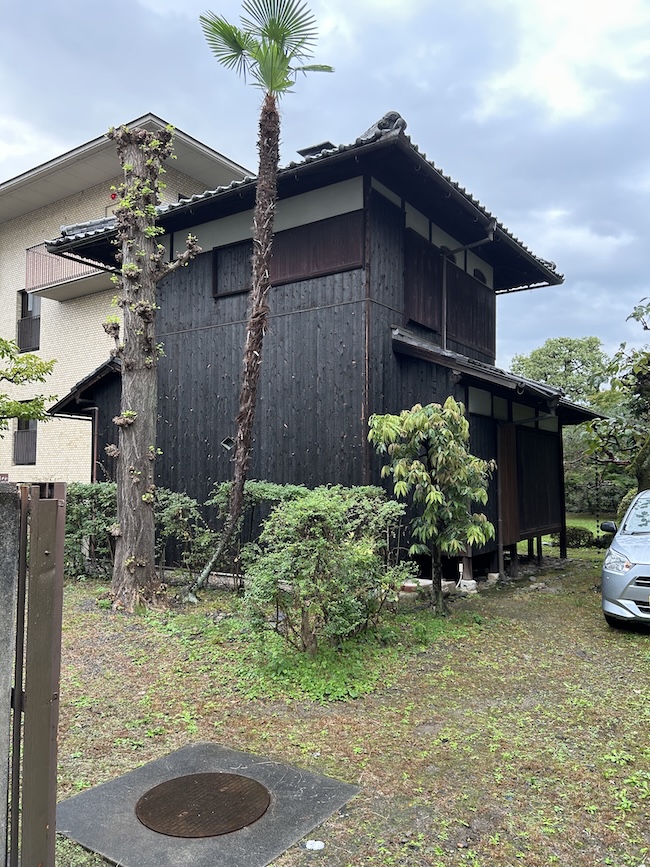
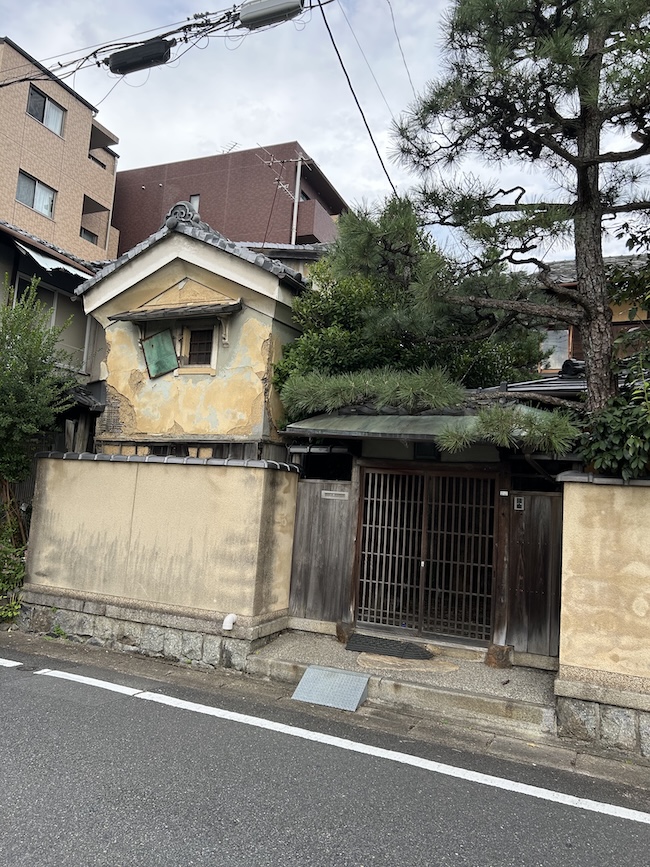
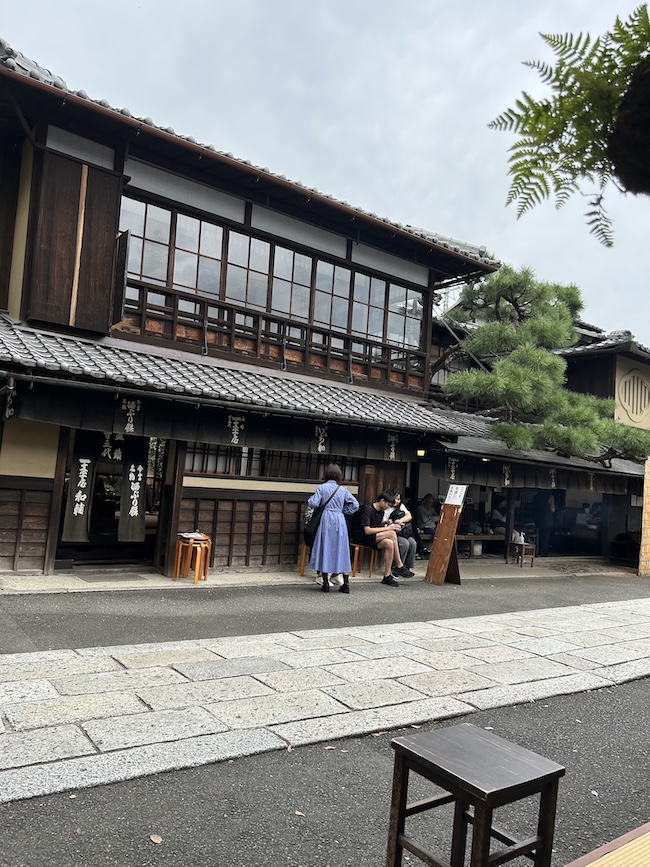
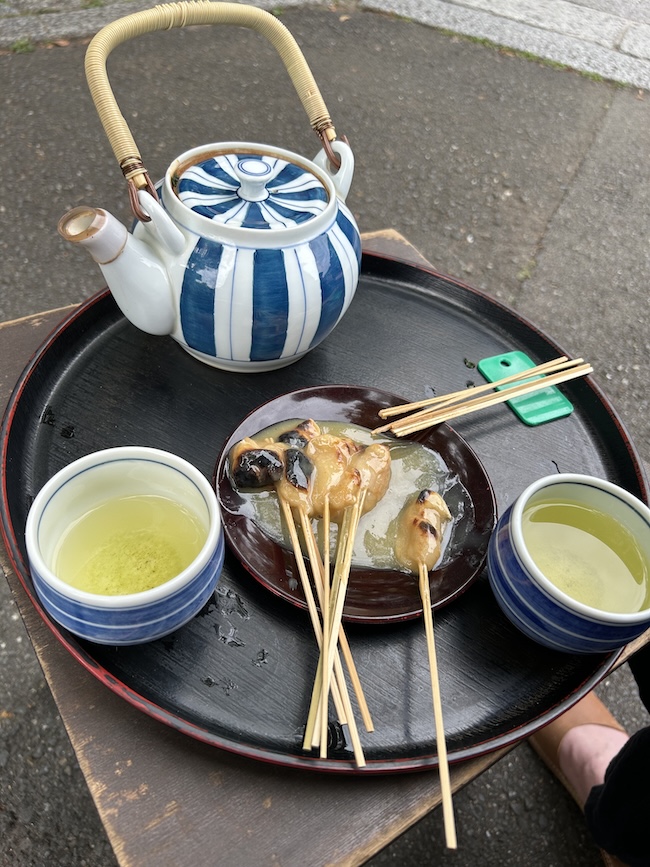
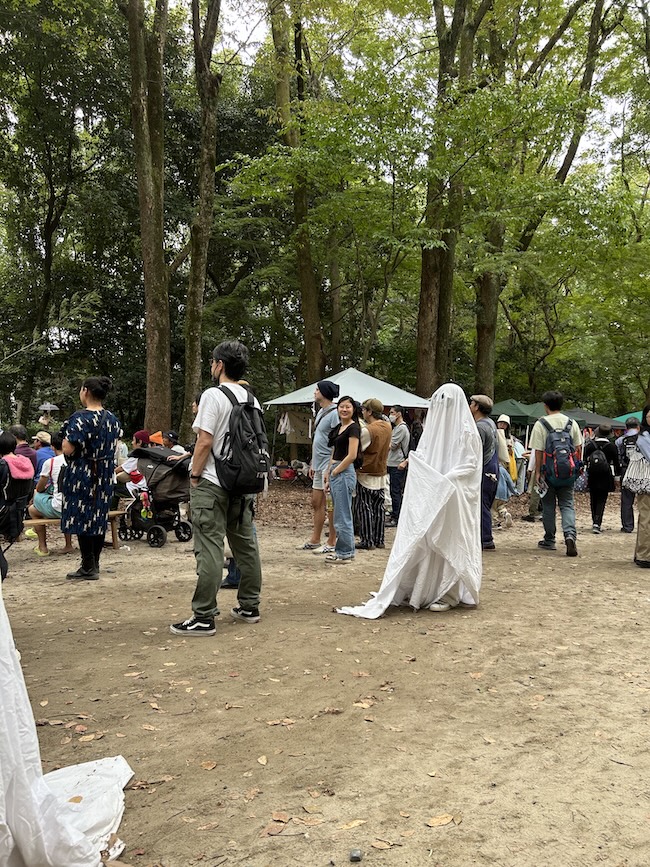
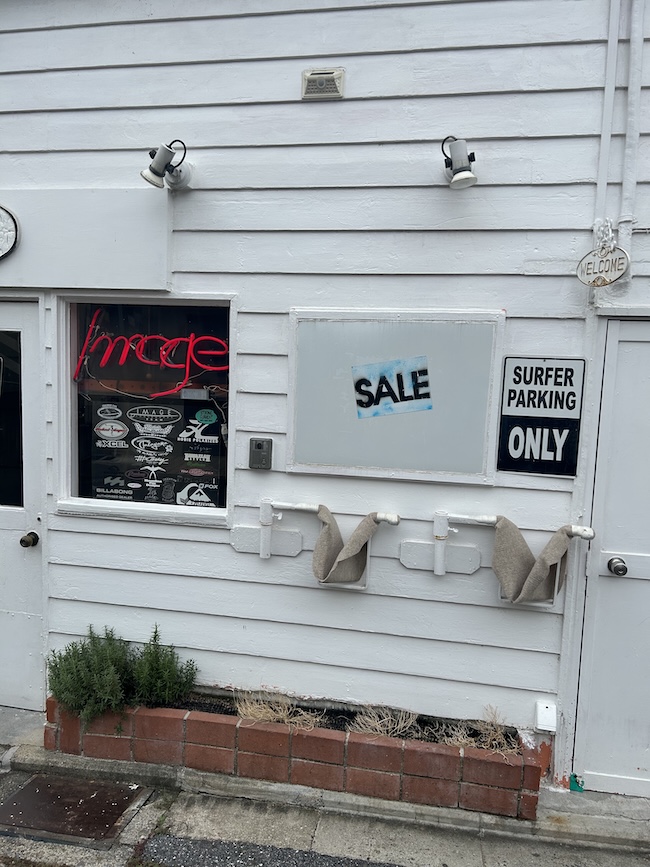
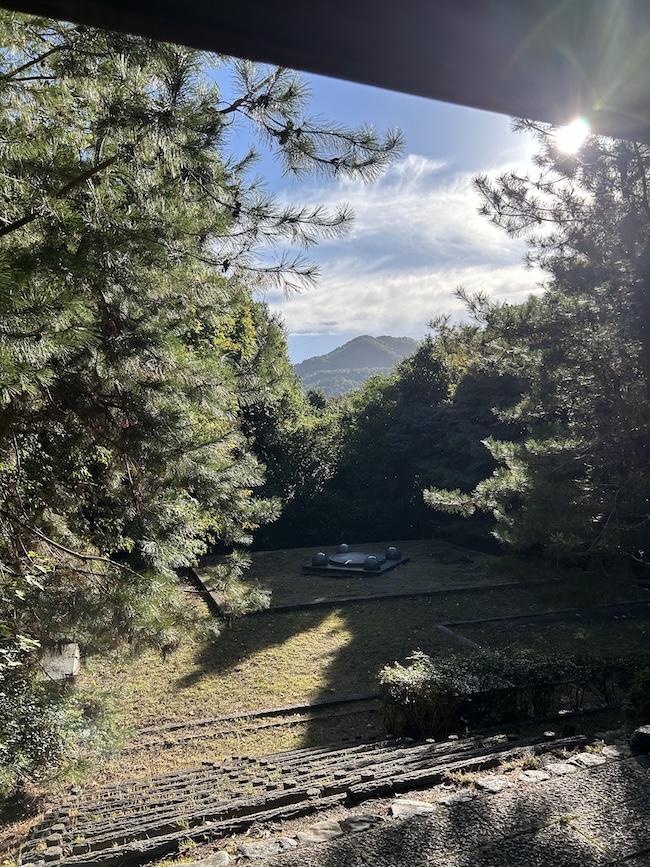
Japan has a debt to GDP ratio of 255%. A government budget deficit of 5.5%; but, at least, a current account surplus of 3.6%; which means it can cover the cost of its necessary imports. The Japanese save like crazy for their old age. Hence, the vast majority of Japan’s government debt, is held by its own citizens!
Meanwhile, the UK is desparately trying to frig the debt to GDP calcs to get below 100%. It does not understand that with a current account deficit of 3.5% of GDP, the largerst in the G7; that aint going to happen without a lot more austerity.